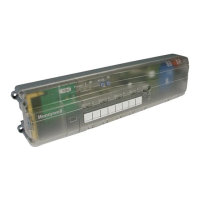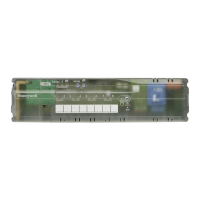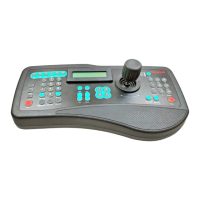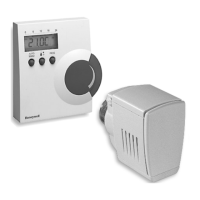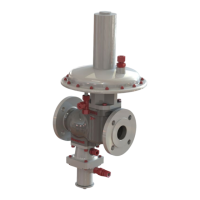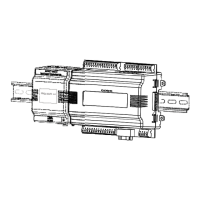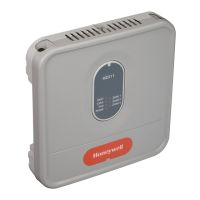Revision 6 HC900 Process & Safety Controller User and Installation Manual 165
21 April 2017
Redundant Operating Characteristics
Overview
This section describes operating characteristics specific to redundant controllers.
In a redundant HC900 system, the Lead Controller performs all primary tasks including interfacing with
remote I/O racks, communicating with a local HMI, exchanging data with peer controllers, interfacing with
Modbus slave devices, and communicating with a Host PC application. Detection of a fault or removing
power from a Reserve Controller will initiate a diagnostic prompt in the Lead Controller, but will have no
impact on the process under control. The detection of a fault or removing power from a Lead Controller
will initiate failover, that is, transfer all primary tasks to the Reserve Controller, establishing this controller
as the new Lead. Following a failover, the new Lead Controller will remain the Lead, even if the condition
that caused the failover is corrected.
Start-Up
Assignment of Lead and Reserve status is determined at start-up
First available C75 assumes Lead
In case of a tie, CPU mounted in the left position of the rack will Lead
No user configuration or manual operations required to establish Lead / Reserve status
Lead Controller assumes control of I/O and all external communication interfaces.
Reserve Controller receives the configuration from the Lead Controller
Modes of operation (Figure 87)
The modes of operation are:
Run
Run/Program
Program
You can change modes with:
key-switch on the redundancy control module
HC Designer software
HC Utilities software
900Control Station.
a command from a supervisory host
Both Lead and Reserve Controllers maintain the same mode. Placing the Lead Controller into the Program
mode will also place the Reserve Controller in the Program mode.
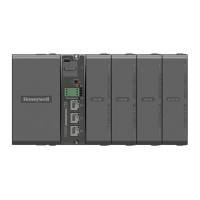
